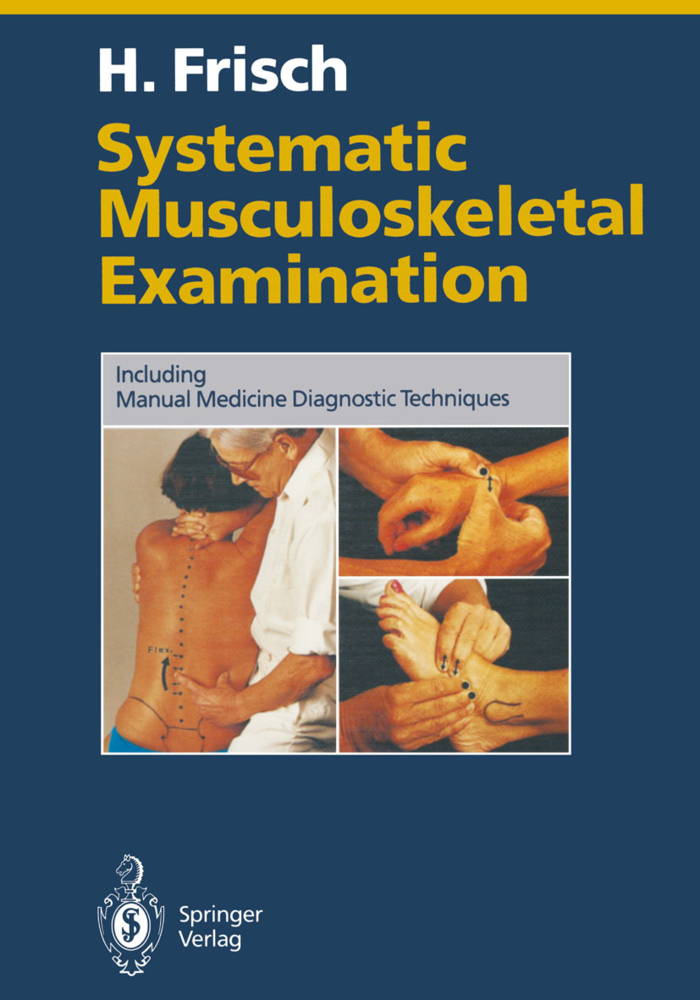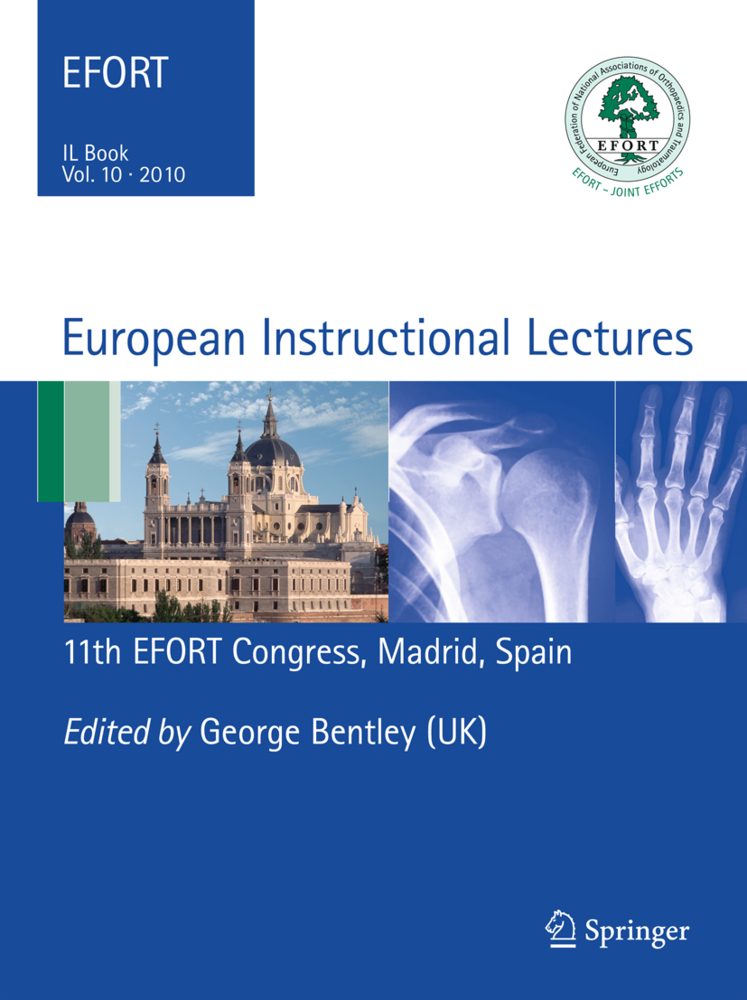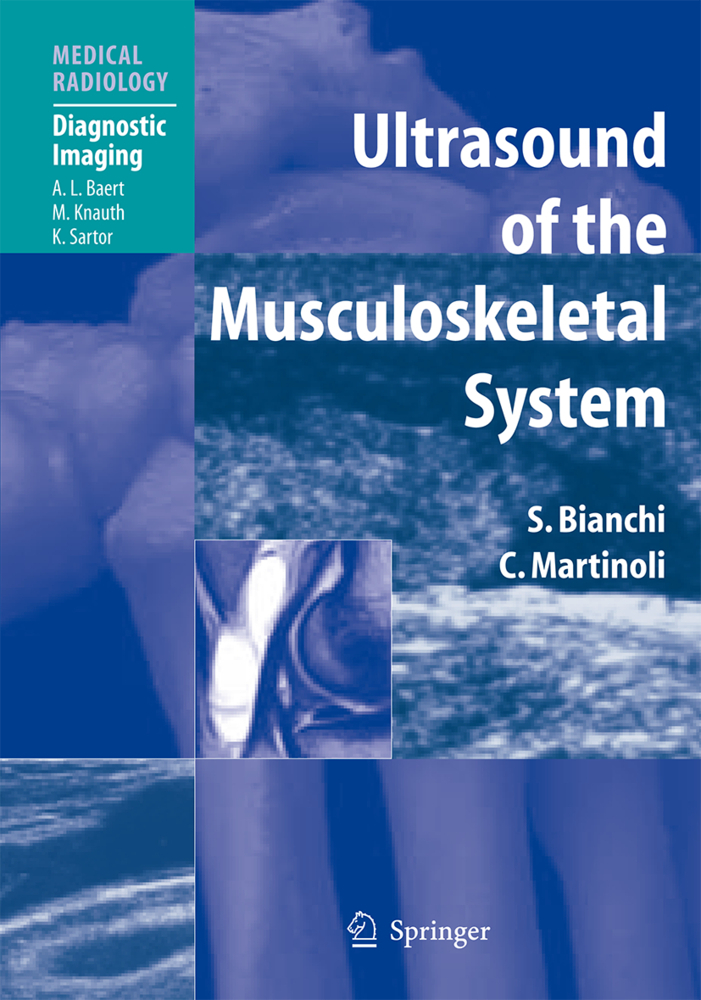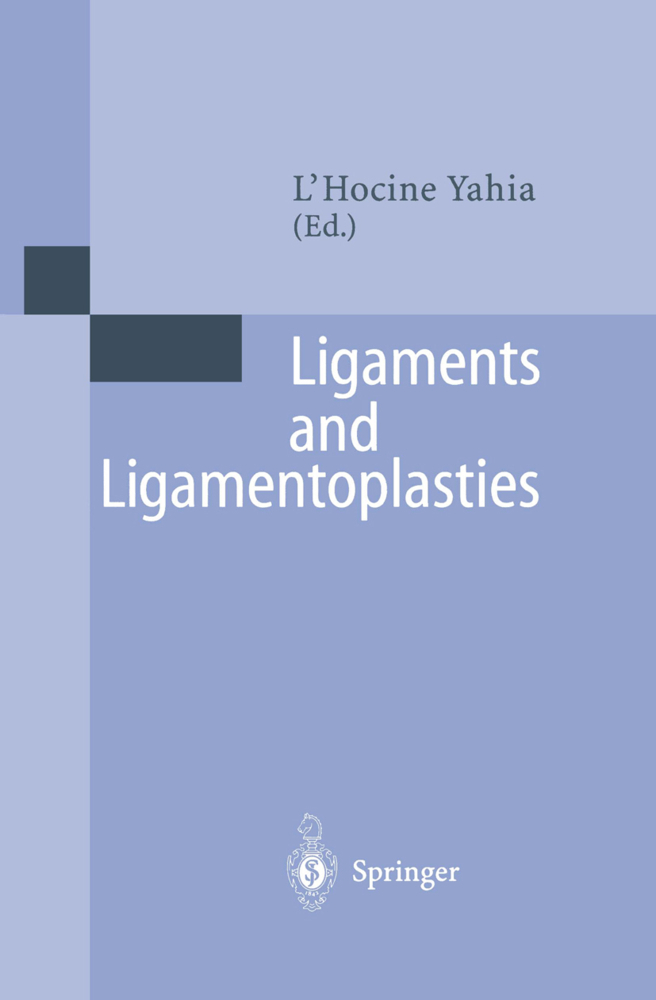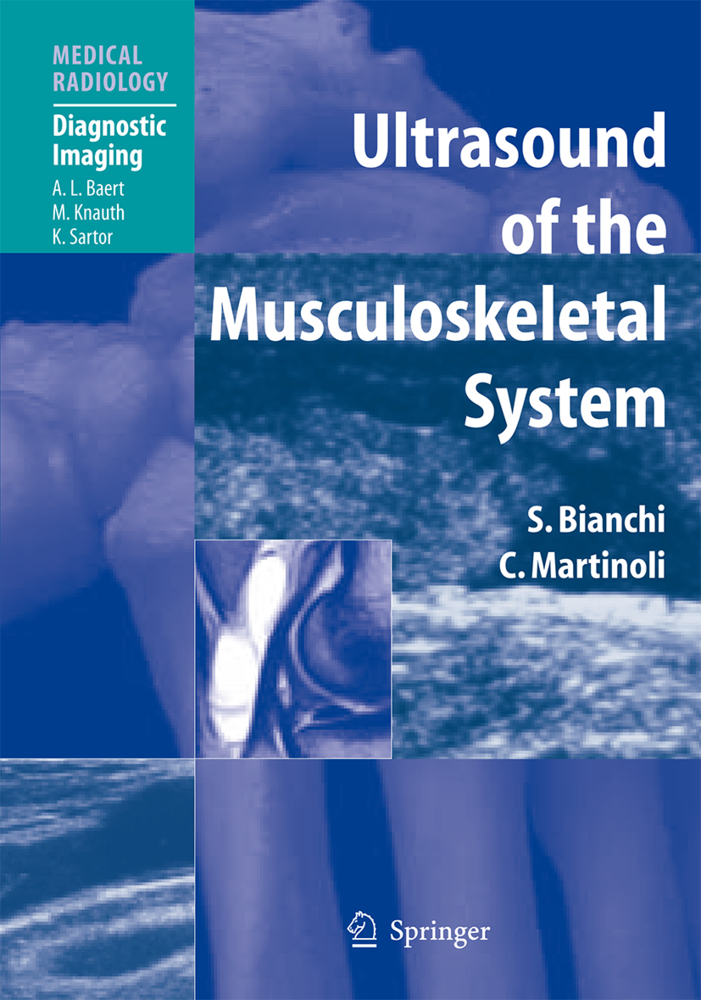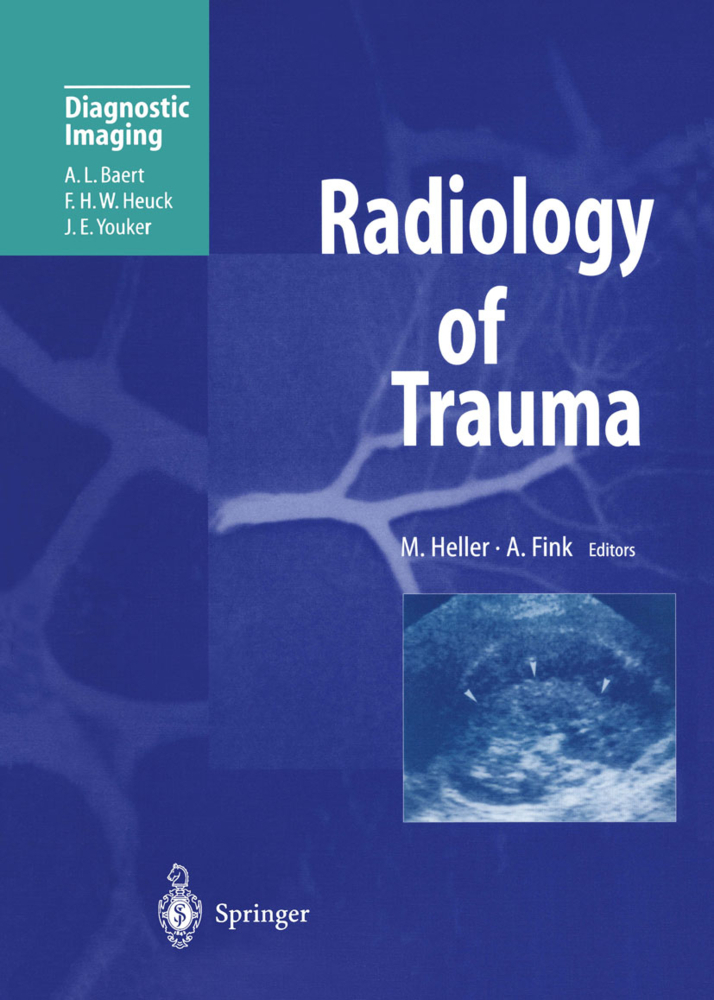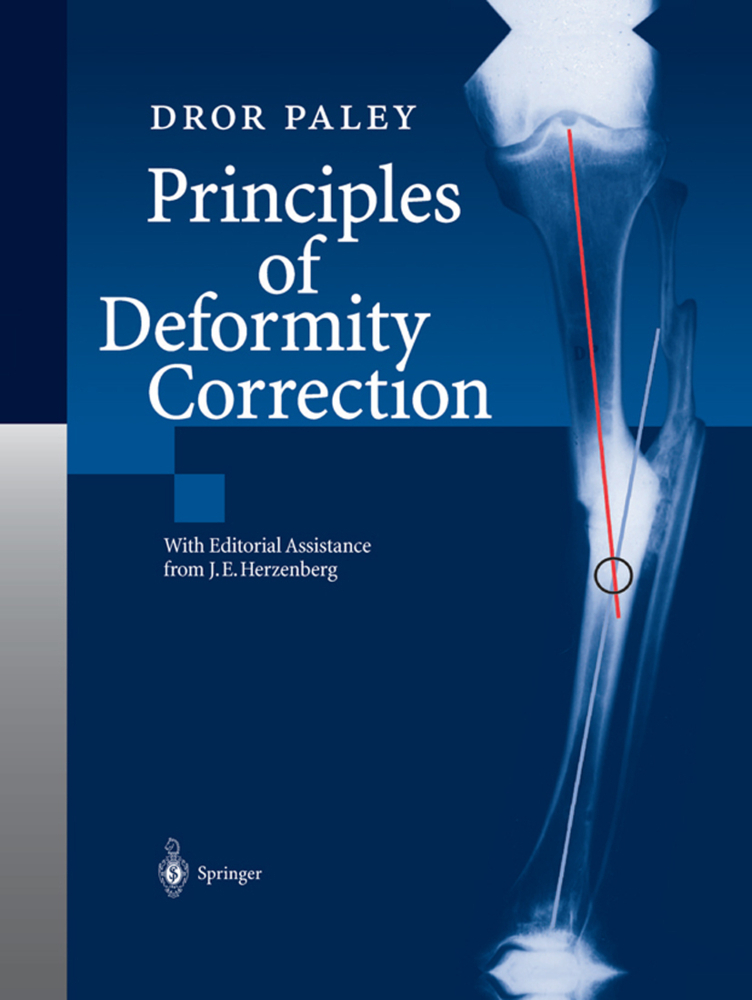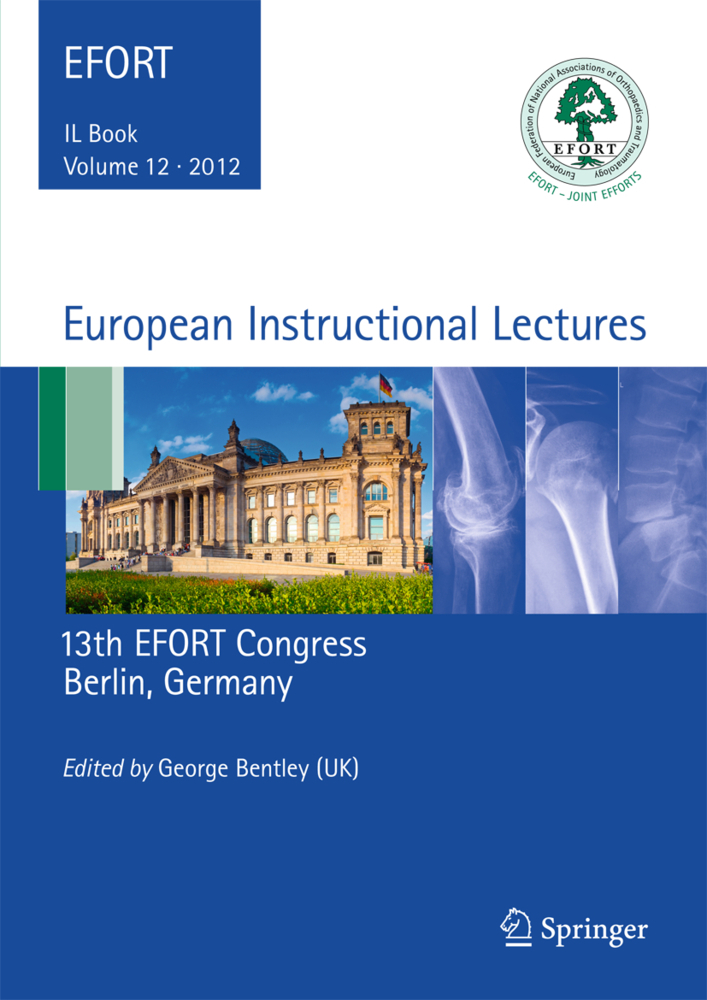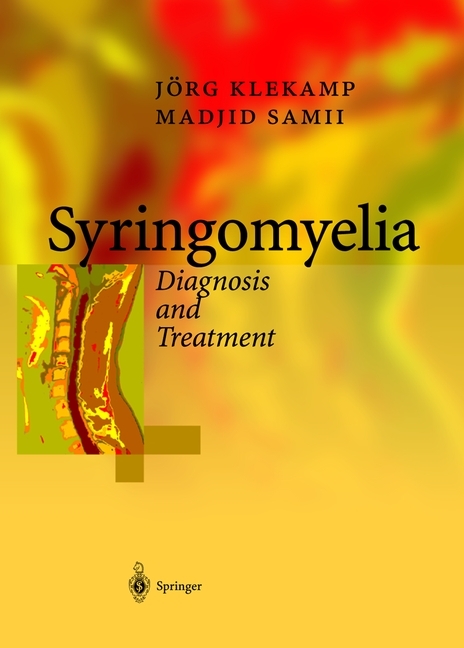Systematic Musculoskeletal Examination
Including Manual Medicine Diagnostic Techniques
Systematic Musculoskeletal Examination
Including Manual Medicine Diagnostic Techniques
In response to the great demand for an English edition of the standard German handbook, Systematic Musculoskeletal Examination will soon be available. This comprehensive book contains up-to-date information for the orthopedic examination of the locomotor apparatus. In addition to the well-known techniques of the musculoskeletal examination, it also describes in detail the diagnostic techniques used in manual medicine. The numerous examinations are carried out according to five clearly defined examination stages which are the same for each joint and allow a systematic examination of the individual joint structures for functional disorders or disruptive effects (functional structural analysis). The examination is thus logically organized according to an outline, and the indications for each stage are based on the results of the previous stage and the summary of the functionally related body regions. The functions tests take into account the state of the art in biomechanics, and the symptoms requiring radiologic functional diagnosis are depicted. The systematized and streamlined examination procedure makes it possible to obtain and document results in a uniform manner. The all-inclusive nature of the text, guided by a well-designed systematic and methodical approach, will make it attractive to anyone dealing with the musculoskeletal system.
Structural Analysis of Function Using the Diagnostic Program
Basic Examination of the Spine and the Joints of the Extremities
Detailed Introduction
General Inspection in the Standing Position (A)
Examination of the LPH Region in the Standing Position (A/II)
General Examination of the Lower Extremities in the Standing Position (A/I) (Supplement to Examination of the LPH Region)
Examination of the LPH Region in the Sitting Position (B/II)
Examination of the LPH Region in the Prone Position (C/II)
Examination of the LPH Region in the Lateral Position (D/II)
Examination of the LPH Region in the Supine Position (E/II)
Examination of the Thorax (Thoracic Spine and Ribs) in the Sitting Position (B/III)
Examination of the Thorax (Thoracic Spine and Ribs) in the Prone Position (C/III)
Examination of the Thorax (Thoracic Spine and Ribs) in the Lateral Position (D/III)
Examination of the Thorax (Ribs) in the Supine Position (E/III)
Examination of the Cervical Spine in the Sitting Position (B/V)
Examination of the Head (Temporomandibular Joints, Sensory Organs) in the Sitting Position (B/V)
Examination of the Cervical Spine in the Supine Position (E/V)
Examination of the Upper Extremities in the Sitting Position (B/IV) Shoulder Joint
Joints of the Shoulder Girdle
Elbow Joint, Upper Arm, and Forearm
Hand and Finger Joints
Examination of the Lower Extremities in the Supine Position (E/I) Hip Joint (LPH Region)
Knee Joint, Upper Leg, Lower Leg
Joints of the Feet and Toes
Radiography
Special Diagnostic Procedures
Radiography
References.
Examination Program
Structure of the Systematic ExaminationStructural Analysis of Function Using the Diagnostic Program
Basic Examination of the Spine and the Joints of the Extremities
Detailed Introduction
General Inspection in the Standing Position (A)
Examination of the LPH Region in the Standing Position (A/II)
General Examination of the Lower Extremities in the Standing Position (A/I) (Supplement to Examination of the LPH Region)
Examination of the LPH Region in the Sitting Position (B/II)
Examination of the LPH Region in the Prone Position (C/II)
Examination of the LPH Region in the Lateral Position (D/II)
Examination of the LPH Region in the Supine Position (E/II)
Examination of the Thorax (Thoracic Spine and Ribs) in the Sitting Position (B/III)
Examination of the Thorax (Thoracic Spine and Ribs) in the Prone Position (C/III)
Examination of the Thorax (Thoracic Spine and Ribs) in the Lateral Position (D/III)
Examination of the Thorax (Ribs) in the Supine Position (E/III)
Examination of the Cervical Spine in the Sitting Position (B/V)
Examination of the Head (Temporomandibular Joints, Sensory Organs) in the Sitting Position (B/V)
Examination of the Cervical Spine in the Supine Position (E/V)
Examination of the Upper Extremities in the Sitting Position (B/IV) Shoulder Joint
Joints of the Shoulder Girdle
Elbow Joint, Upper Arm, and Forearm
Hand and Finger Joints
Examination of the Lower Extremities in the Supine Position (E/I) Hip Joint (LPH Region)
Knee Joint, Upper Leg, Lower Leg
Joints of the Feet and Toes
Radiography
Special Diagnostic Procedures
Radiography
References.
| ISBN | 978-3-642-75153-0 |
|---|---|
| Medientyp | Buch |
| Copyrightjahr | 2012 |
| Verlag | Springer, Berlin |
| Umfang | XIX, 462 Seiten |
| Sprache | Englisch |

